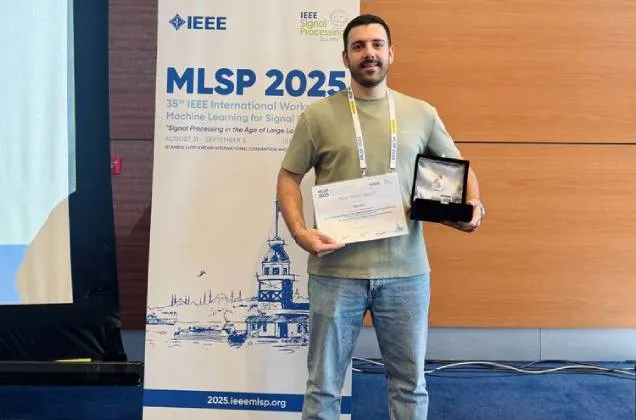15/10/2021
Öznur Taştan, member of Sabancı University Faculty of Engineering and Natural Sciences (FENS), has been selected to the Management Committee of exRNA-PATH Action of COST (European Cooperation in Science and Technology), which is a funding organization aiming to ensure cooperation in science and technology across Europe, and coordinate nationally-funded research projects at the European level.

COST enables coordinators of nationally-funded research projects to be involved in cooperation networks across Europe. Öznur Taştan, member of FENS, took part as one of the secondary proposers of the action entitled “CA20110 - RNA communication across kingdoms: new mechanisms and strategies in pathogen control”. After the action was accepted, she started to act as a member of the Management Committee of the action. Öznur Taştan will also act as the grant awards coordinator of the action.
Öznur Taştan provided the following information regarding the exRNA-PATH Cost Action: “A new frontier in RNA biology has emerged in the last decade with findings that RNA can act outside of cells to transmit information between cells, organisms, and species as a form of communication. Pathogens also exploit extracellular RNAs (exRNAs) to enable their infections and exRNAs are associated with numerous infectious diseases in both animals and plants. However, there are large gaps in knowledge on exRNA mechanisms, such as how exRNAs are selected for export, how they are trafficked outside of the cell, how they integrate into a functional pathway in a recipient, and how pathogens exploit these mechanisms. The COST action entitled “RNA communication across kingdoms: new mechanisms and strategies in pathogen control” aims to advance the emerging exRNA field through bridging researchers in the exRNA field. The action aims to create new synergies both among scientists and between scientists and industry for innovative solutions to medical, societal and environmental challenges in order to understand exRNAs role in disease and their curing potential.”




